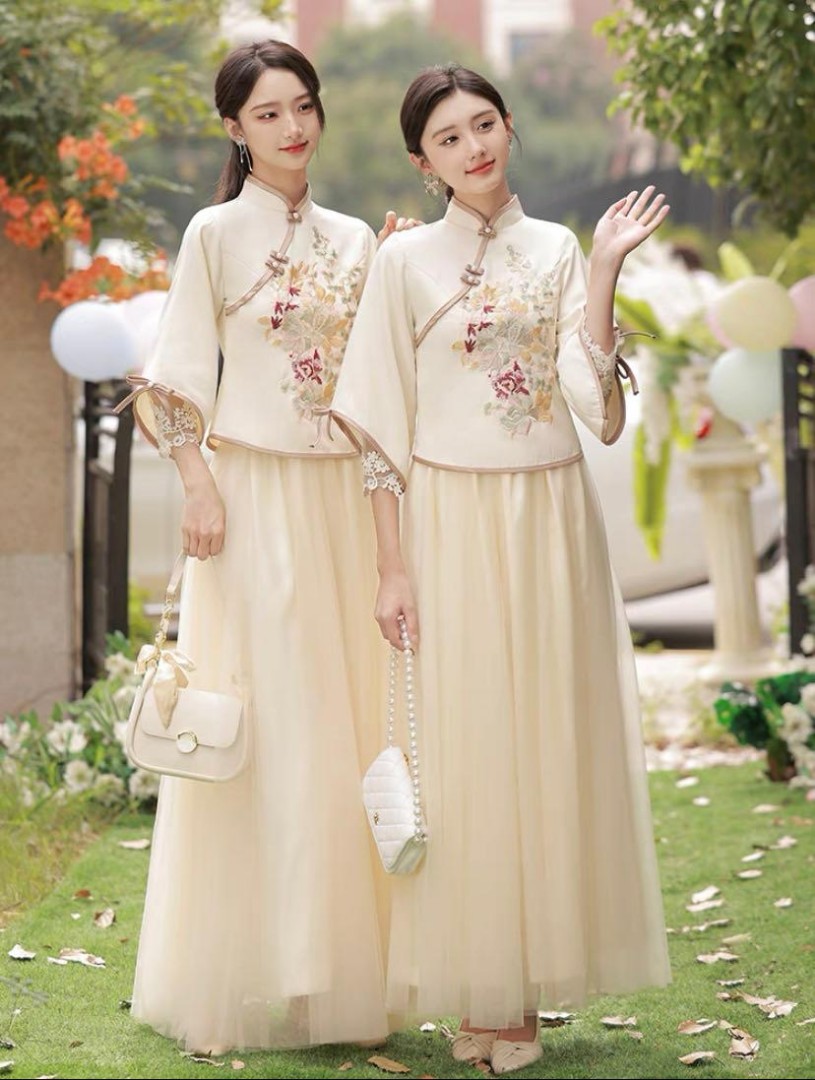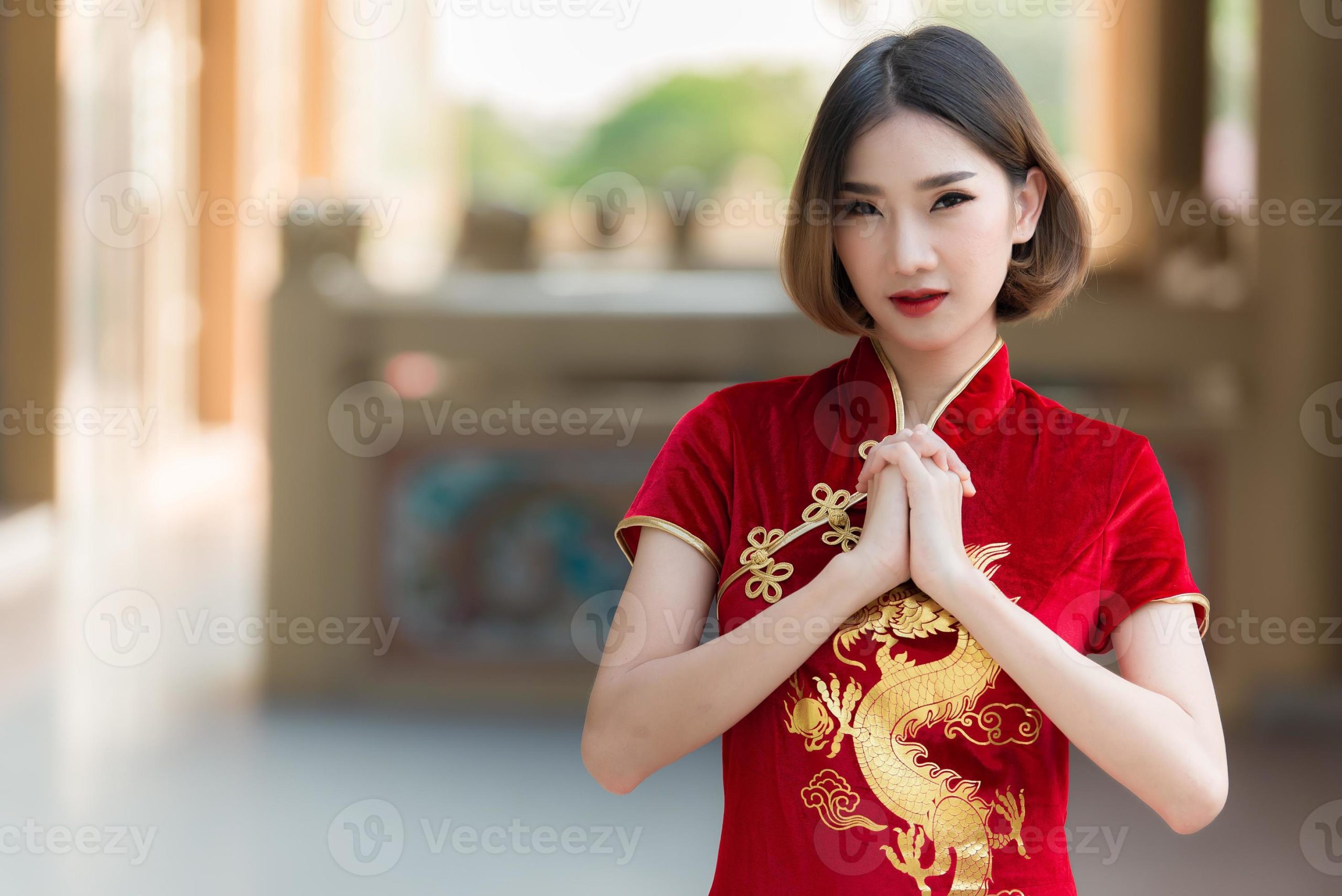Introduction:
Chinese traditional dress, known as Hanfu (汉服) or traditional Chinese clothing, embodies a rich tapestry of history, culture, and timeless elegance. With its graceful silhouettes, intricate details, and symbolic significance, Hanfu reflects the beauty and sophistication of China’s ancient civilization. Let’s embark on a journey to explore the enduring charm and cultural significance of Chinese traditional dress.
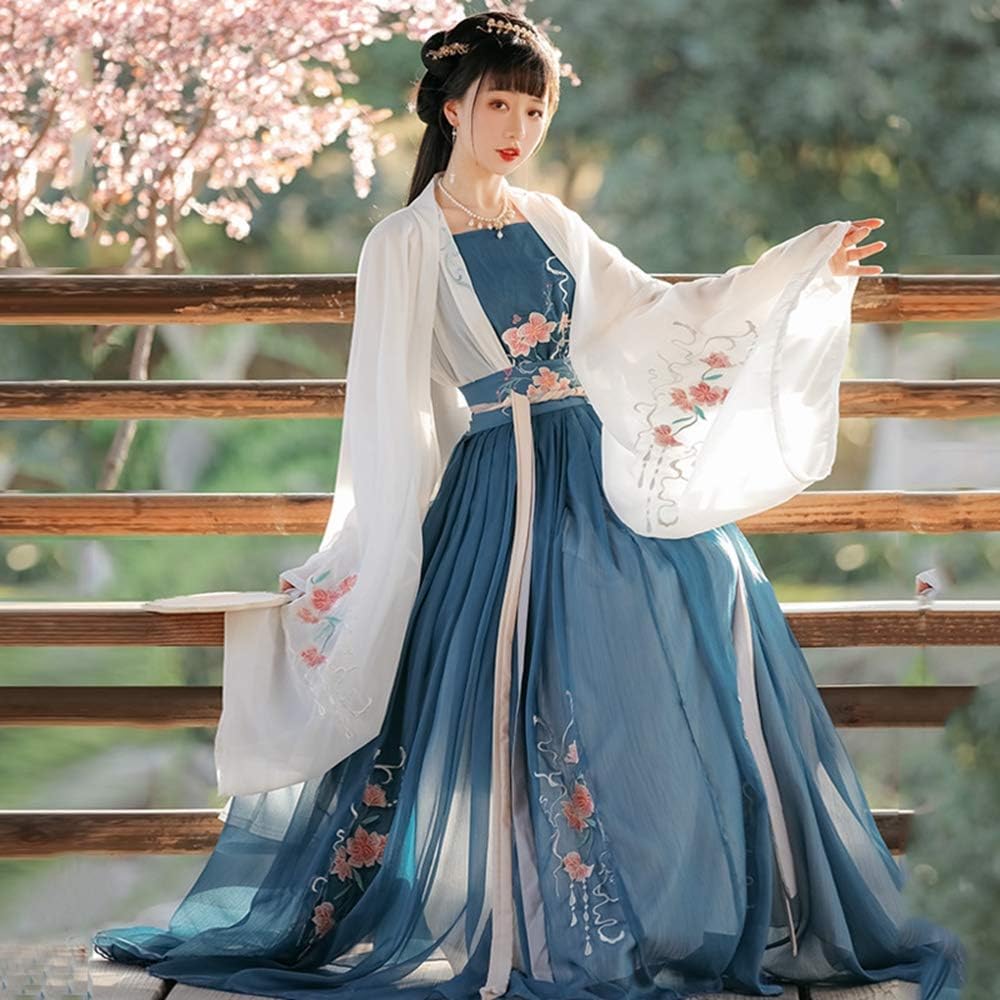
1. Historical Roots:
The origins of Hanfu can be traced back thousands of years to China’s ancient dynasties, such as the Han, Tang, and Ming. During these periods, clothing played a pivotal role in expressing social status, cultural identity, and aesthetic ideals. Hanfu evolved over time, reflecting changes in fashion, craftsmanship, and societal norms. From the flowing robes of Confucian scholars to the elaborate ensembles of imperial court officials, Hanfu encompassed a diverse range of styles and designs that showcased the rich cultural heritage of China.
2. Symbolism and Significance:
Hanfu is imbued with symbolic meaning and cultural significance, with each garment and accessory carrying its own unique symbolism. For example, the color red, often featured in Hanfu, symbolizes good fortune, happiness, and prosperity in Chinese culture. Embroidered motifs, such as dragons, phoenixes, and peonies, convey auspicious blessings and wishes for longevity and success. Additionally, the style and design of Hanfu garments can indicate the wearer’s social status, age, and marital status, making it a powerful visual language that reflects the values and traditions of Chinese society.
3. Timeless Elegance:
Despite the passage of time, Hanfu continues to captivate with its timeless elegance and sophistication. The graceful draping of silk fabrics, the intricate embroidery, and the attention to detail exemplify the exquisite craftsmanship and artistry of traditional Chinese clothing. Whether worn for special occasions, cultural events, or as part of everyday attire, Hanfu exudes a sense of grace and refinement that transcends trends and fads, making it a cherished cultural heritage that is celebrated and preserved by enthusiasts around the world.
4. Revival and Renaissance:
In recent years, there has been a resurgence of interest in Hanfu, both within China and internationally, as people rediscover and embrace their cultural roots. Hanfu enthusiasts, known as Hanfu lovers or Hanfu revivalists, are passionate about reviving and preserving the traditions of Chinese dress through educational initiatives, cultural events, and social media platforms. From elaborate Hanfu fashion shows to grassroots community gatherings, the revival of Hanfu represents a reconnection with China’s rich cultural heritage and a celebration of its enduring beauty and legacy.
5. Modern Interpretations:
While rooted in tradition, Hanfu is also evolving to meet the needs and preferences of contemporary society. Modern interpretations of Hanfu blend traditional aesthetics with contemporary design elements, creating a fusion of old and new that appeals to a diverse range of audiences. From casual everyday wear to elegant formal attire, Hanfu has found a place in modern fashion, offering a unique alternative to Western styles and trends. By embracing innovation while honoring tradition, Hanfu continues to evolve and thrive in the global fashion landscape.
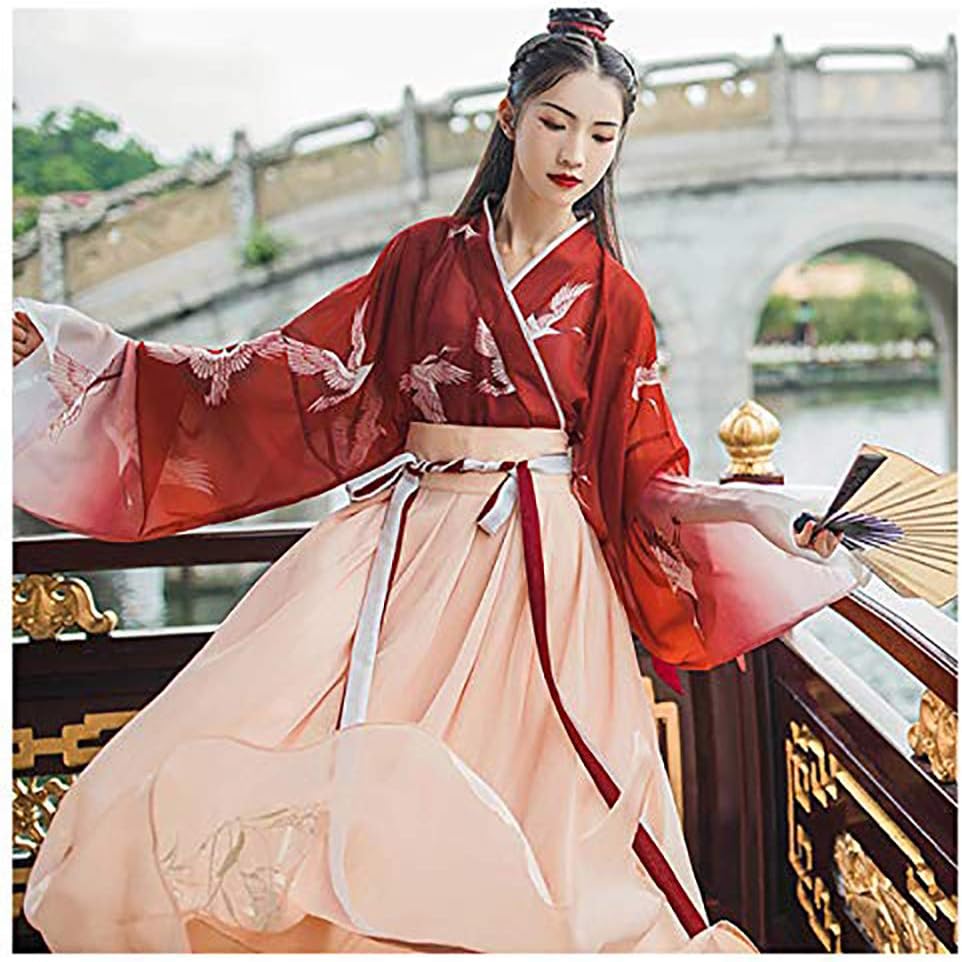
6. Regional Variations and Diversity:
Beyond its overarching elegance, Chinese traditional dress encompasses a myriad of regional variations and styles, each reflecting the unique cultural heritage and local traditions of different regions across China. From the vibrant colors and bold patterns of the Miao ethnic minority’s traditional dress in southwestern China to the understated elegance of the qipao (cheongsam) in Shanghai, the diversity of Chinese traditional dress is a testament to the country’s rich cultural tapestry and ethnic diversity. Exploring these regional variations not only provides insight into the distinct customs and traditions of different ethnic groups but also highlights the interconnectedness of Chinese culture as a whole.
7. Influence on Contemporary Fashion:
The influence of Chinese traditional dress extends beyond cultural celebrations and historical reenactments, permeating into the realm of contemporary fashion and design. Designers around the world draw inspiration from Hanfu’s timeless aesthetic, incorporating elements such as Mandarin collars, knot buttons, and silk fabrics into their modern collections. From high-fashion runways to street style fashion, the allure of Chinese traditional dress continues to inspire new generations of designers and fashion enthusiasts, contributing to its enduring legacy and global appeal.
8. Cultural Heritage and Preservation Efforts:
As interest in Hanfu continues to grow, efforts to preserve and promote Chinese cultural heritage have gained momentum. Museums, cultural institutions, and educational organizations are dedicated to documenting the history and significance of Hanfu, preserving antique garments, and educating the public about its cultural importance. Additionally, initiatives to support traditional crafts, such as silk weaving and embroidery, are helping to ensure the survival of these time-honored skills for future generations. By fostering a deeper appreciation and understanding of Chinese traditional dress, these preservation efforts play a vital role in safeguarding China’s cultural heritage for posterity.
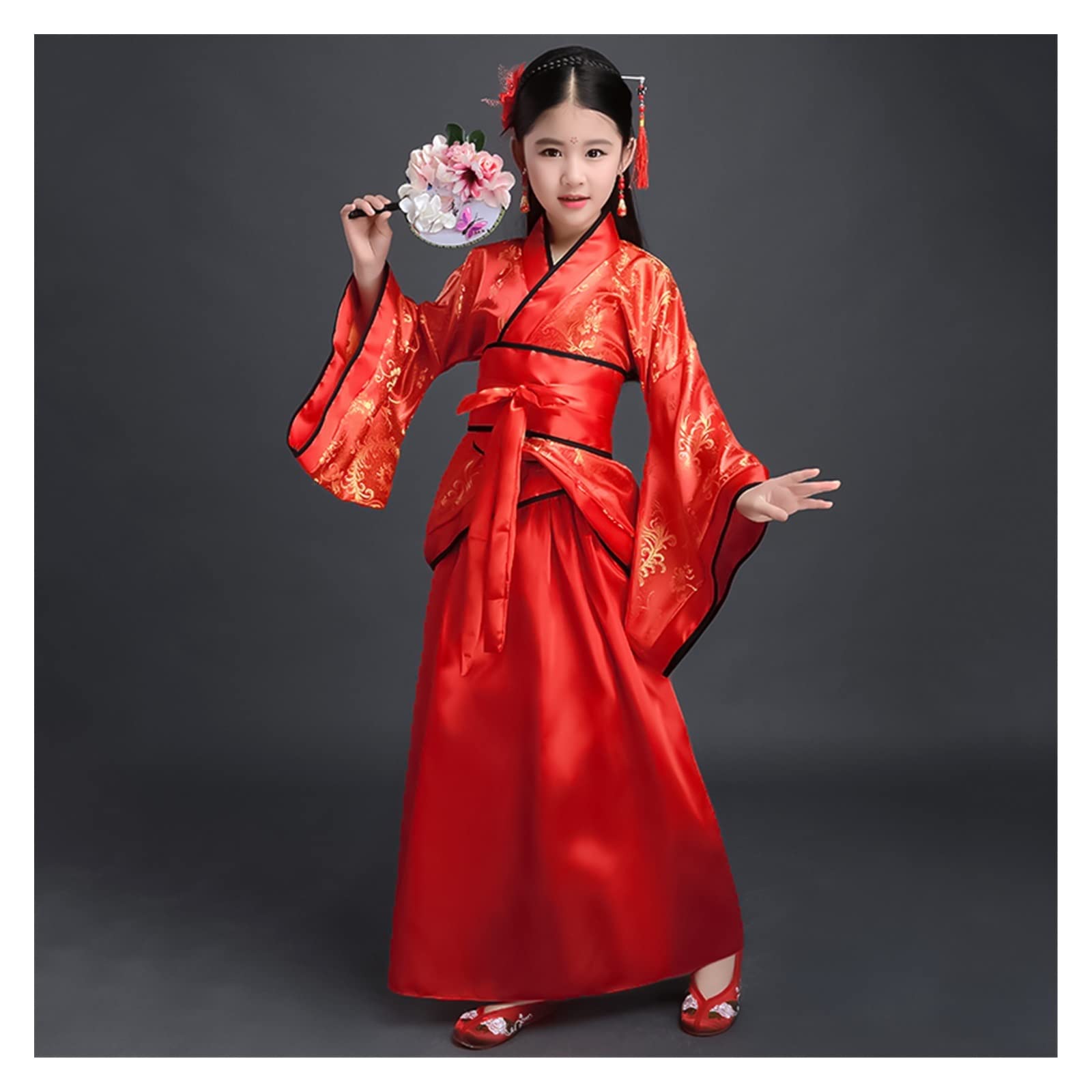
9. Bridging Past and Present:
In an increasingly globalized world, Chinese traditional dress serves as a bridge between the past and the present, connecting contemporary individuals with the cultural traditions and values of their ancestors. Whether worn for formal occasions, cultural festivals, or as a personal expression of identity, Hanfu embodies a sense of continuity and heritage that transcends time and space. By embracing and celebrating Chinese traditional dress, individuals can cultivate a deeper connection to their cultural roots and contribute to the preservation and revitalization of China’s rich and diverse heritage.
10. Embracing Diversity and Inclusivity:
As appreciation for Chinese traditional dress grows, there is a growing recognition of the importance of inclusivity and diversity within the Hanfu community. Efforts to highlight the contributions of diverse ethnic groups, promote gender-inclusive designs, and welcome individuals of all backgrounds into the Hanfu community are fostering a more inclusive and welcoming environment for enthusiasts worldwide. By embracing diversity and celebrating the rich tapestry of Chinese culture, the Hanfu community is building bridges across cultures and forging connections that transcend boundaries and unite people from all walks of life.
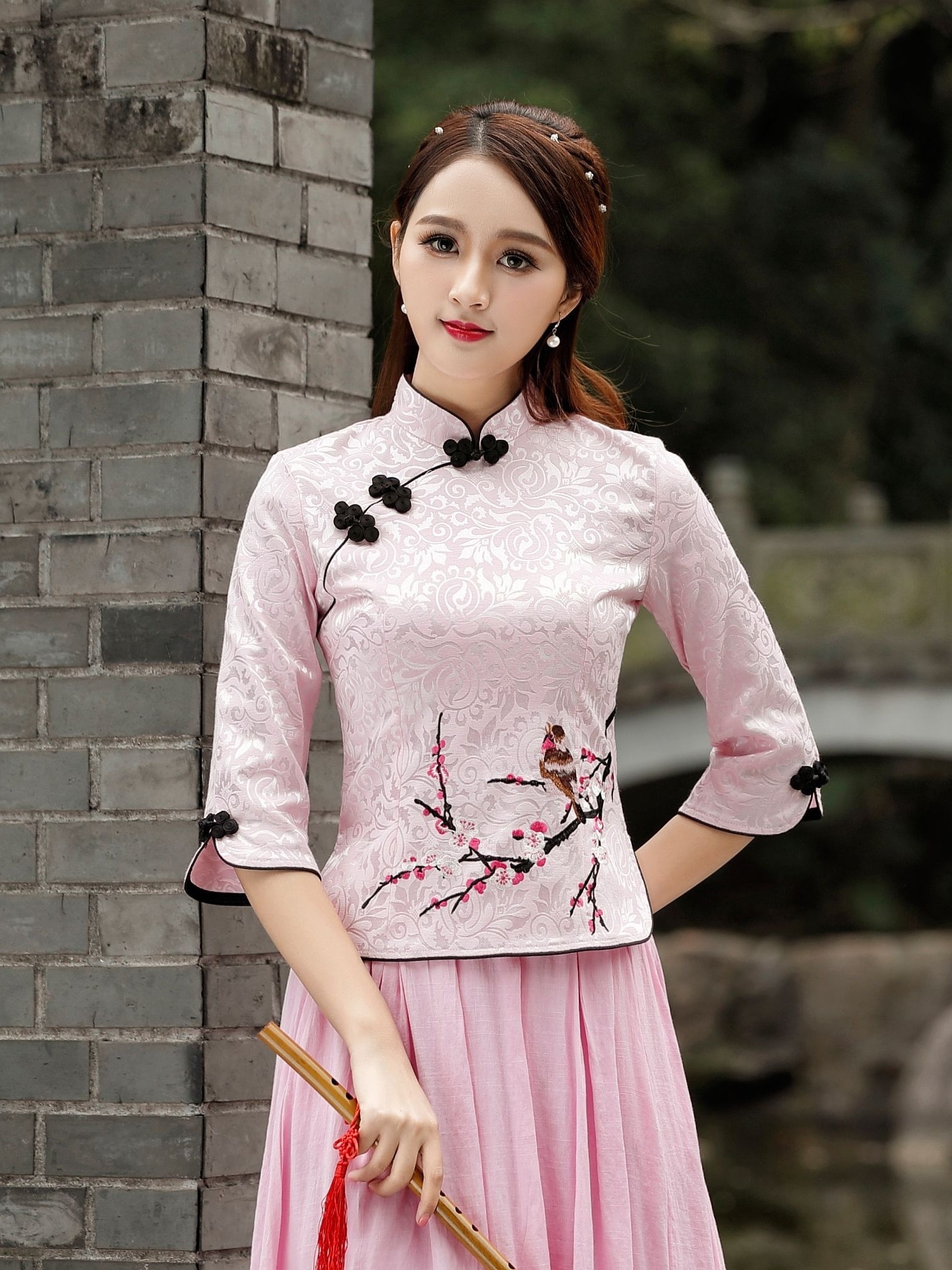
Conclusion:
In a world where fashion trends come and go, Chinese traditional dress stands as a timeless symbol of grace, beauty, and cultural heritage. From its historical roots to its modern revival, Hanfu embodies the enduring spirit of China’s ancient civilization, serving as a source of inspiration and pride for generations to come. As we continue to explore and celebrate the timeless charm of Chinese traditional dress, let us remember the rich legacy and cultural significance that it represents, and the importance of preserving and passing on this cherished heritage to future generations.
